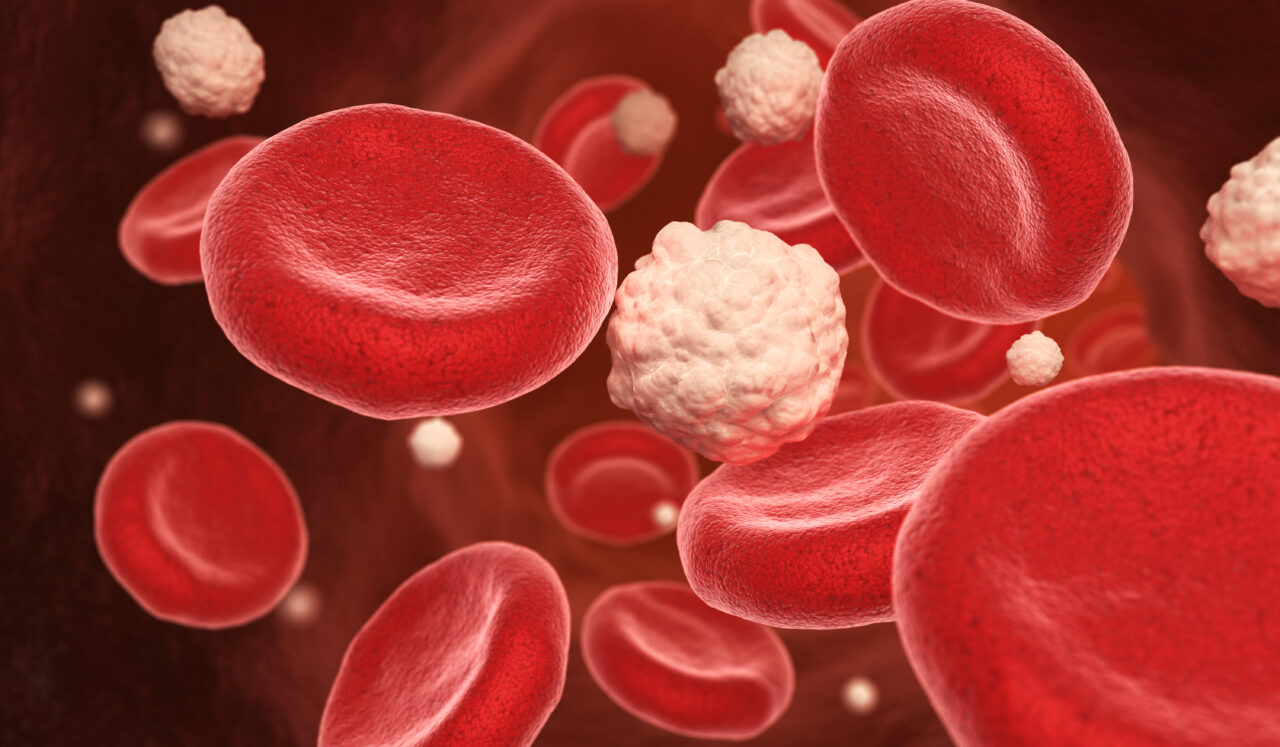The Advanced Research Projects Agency for Health (ARPA-H) has awarded $45 million to rapidly develop sense-and-respond implant technology that could slash U.S. cancer-related deaths by more than 50%.
The award to a Rice University-led team of researchers from seven states will fast-track the development and testing of a new approach to cancer treatment that aims to dramatically improve immunotherapy outcomes for patients with ovarian, pancreatic, and other difficult-to-treat cancers.
“Instead of tethering patients to hospital beds, IV bags, and external monitors, we’ll use a minimally invasive procedure to implant a small device that continuously monitors their cancer and adjusts their immunotherapy dose in real-time,” said Rice bioengineer Omid Veiseh, principal investigator (PI) on the ARPA-H cooperative agreement. “This kind of ‘closed-loop therapy’ has been used for managing diabetes, where you have a glucose monitor that continuously talks to an insulin pump. But for cancer immunotherapy, it’s revolutionary.”
Rice President Reginald DesRoches said, “Rice is proud to be the recipient of the second major funding award from the ARPA-H, a new funding agency established last year to support research that catalyzes health breakthroughs. The research Rice bioengineer Omid Veiseh is doing in leading this team is truly groundbreaking and could potentially save hundreds of thousands of lives each year. This is the type of research that makes a significant impact on the world.”
The team includes engineers, physicians, and multidisciplinary specialists in synthetic biology, materials science, immunology, oncology, electrical engineering, artificial intelligence, and other fields spanning 20 research labs. The project and team are named THOR, an acronym for “targeted hybrid oncotherapeutic regulation.” THOR’s implant, or “hybrid advanced molecular manufacturing regulator,” goes by the acronym HAMMR.
Dr. Amir Jazaeri, a co-PI and professor of gynecologic oncology at the University of Texas MD Anderson Cancer Center, summarized the clinical need and potential of the technology as follows: “Cancer cells are continually evolving and adapting to therapy. However, currently available diagnostic tools, including radiologic tests, blood assays, and biopsies, provide very infrequent and limited snapshots of this dynamic process. As a result, today’s therapies treat cancer as if it were a static disease. We believe THOR could transform the status quo by providing real-time data from the tumor environment that can in turn, guide more effective and tumor-informed novel therapies.”
The THOR team includes 19 co-PIs from Rice, MD Anderson, Georgia Institute of Technology, Stanford University, Carnegie Mellon University, Northwestern University, the University of Houston, Johns Hopkins University, the Chicago-based startup CellTrans and New York City-based Bruder Consulting and Venture Group.
The THOR cooperative agreement includes funding for a first-phase clinical trial of HAMMR to treat recurrent ovarian cancer. The trial is slated to begin in the fourth year of THOR’s five 1/2-year project.
“The technology is broadly applicable for peritoneal cancers that affect the pancreas, liver, lungs and other organs,” said Veiseh, an associate professor of bioengineering at Rice and a CPRIT Scholar with the Cancer Prevention and Research Institute of Texas. “The first clinical trial will focus on refractory recurrent ovarian cancer, and the benefit of that is that we have an ongoing trial for ovarian cancer with our encapsulated cytokine ‘drug factory’ technology. We’ll be able to build on that experience. We have already demonstrated a unique model to go from concept to clinical trial within five years, and HAMMR is the next iteration of that approach.”


